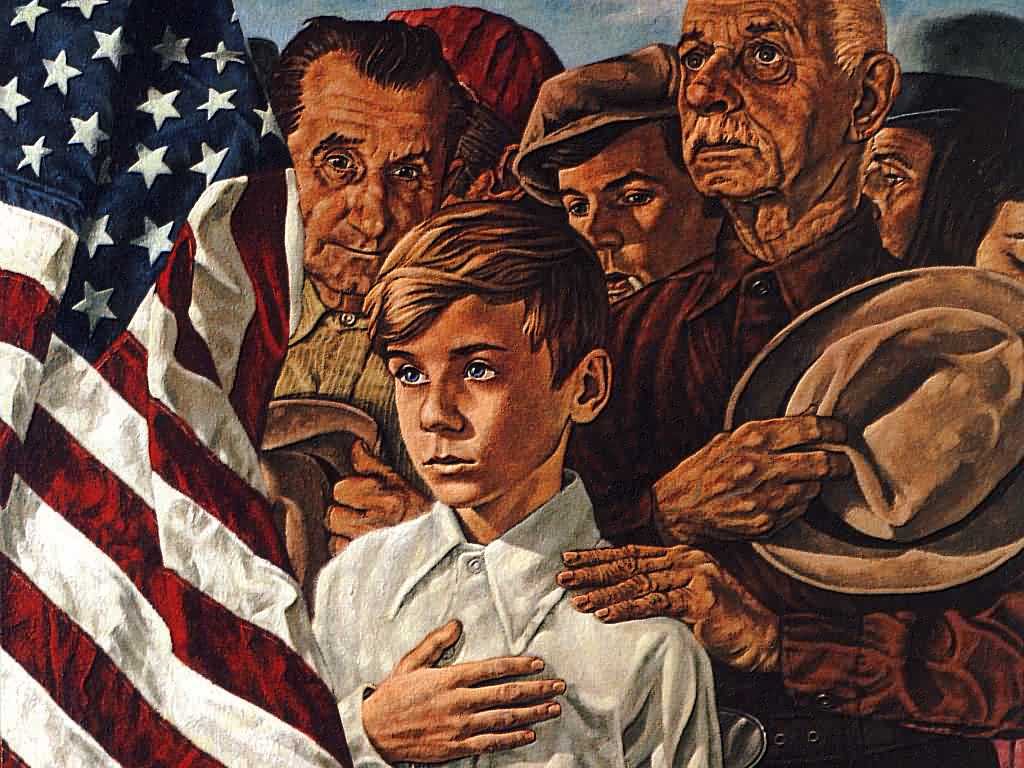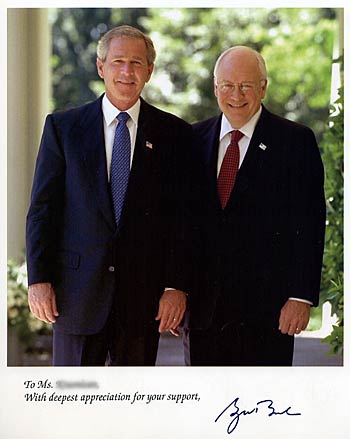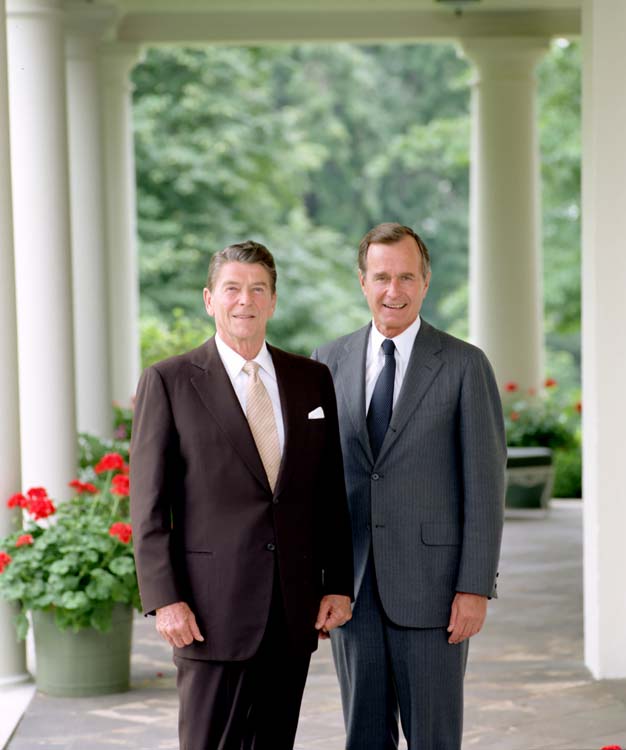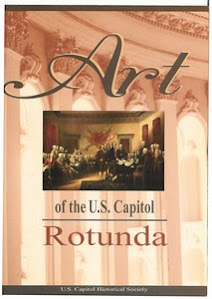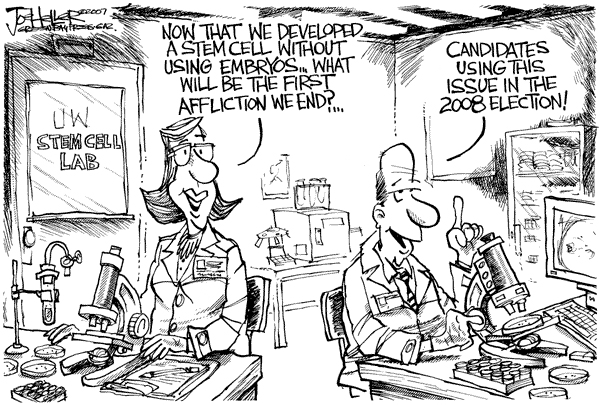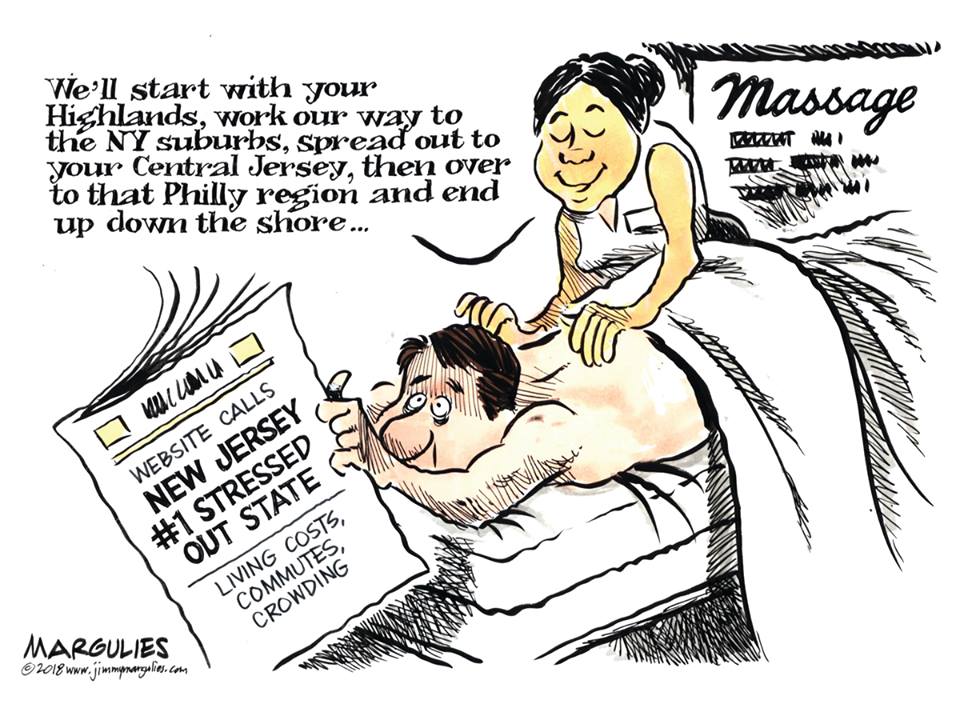April 17, 2020
The ventilator shortages of which we were all gravely warned have not yet come to pass.
In March, one of the most feared aspects of the pandemic was the widely reported coming shortage of ventilators. One well-publicized estimate, repeated by the New York Times, the New Yorker and CNN, was that the U.S. would need roughly one million ventilators, or more than five times as many as we had. Gulp. Ventilators are expensive, they’re complex machines, and they can’t be churned out in the thousands overnight.
In the state that (as of today) has one-third of the country’s confirmed COVID-19 cases, New York governor Andrew Cuomo sounded the alarm for ventilators repeatedly. On March 27, he acknowledged “I don’t have a crystal ball” but said his state desperately needed 30,000 ventilators, maybe 40,000, but had only 12,000. When President Trump noted that Cuomo’s state had thousands of unused ventilators it hadn’t even placed yet, Cuomo admitted this was true but said he still needed more: “Yes, they’re in a stockpile because that’s where they’re supposed to be because we don’t need them yet. We need them for the apex,” Cuomo said at the time. On April 2, Cuomo predicted the state would run out of ventilators in six days “at the current burn rate.” But on April 6, Cuomo noted, “We’re ok, and we have some in reserve.”
Now New York appears to have passed the apex. Deaths, a lagging indicator, crested at 799 on April 9 and hit 606 on April 16, the lowest figure since April 6. Hospitalizations are also declining, and on April 16 also hit their lowest level since April 6. Cuomo today has so many ventilators he is giving them away: On April 15, he said he was sending 100 of them to Michigan and 50 to Maryland. On April 16, he announced he was sending 100 to New Jersey.
New Jersey has by far the most cases outside of New York, with 75,000 positive tests. It also has by far the most deaths outside of New York: 3,518 as of April 16. However, New Jersey, with 8,011 total hospitalizations as of April 16, also has more ventilators than it is currently using and also may have passed its apex; as of April 16, the fewest New Jerseyans were on ventilators since April 8. So far, the peak was April 14, when 1705 patients were on ventilators. Yet before Cuomo’s announcement, New Jersey reported that 46 percent of its ventilators were still available.
Michigan, the fifth-hardest-hit state after Massachusetts and Pennsylvania, may or may not have had its worst day. So far its worst daily death toll was 205 on April 10, but its second-highest total was 172 on April 16. The number of new cases reported fell slightly from a peak on April 14. But Michigan isn’t even using most of its ventilators yet: As of April 16, it reported 1,232 ventilators were being used but 1,754 more were available. So New York’s surplus is at the moment adding to the Michigan surplus.
Maryland, which was sent 50 ventilators by California recently before Cuomo offered to send them 50 more, appears to be right around its apex; deaths hit a record high of 47 on April 15, then dropped slightly each of the next two days. I couldn’t find any stats about ventilators on the state’s COVID-19 website. The state’s largest paper, the Baltimore Sun, appears not to have run any pieces discussing feared ventilator shortages since late March. On March 25, Gov. Larry Hogan said the state had received a shipment of FEMA ventilators and said it was “not enough” without divulging numbers. Hogan appears not to have said anything about ventilators lately except for last Sunday, when he said President Trump was “not quite accurate” when he claimed governors were in good shape regarding medical equipment. “Everybody still has tremendous needs on personal protective equipment and ventilators and all of these things that you keep hearing about,” Hogan said, without being specific.
Three weeks ago, President Trump was mocked and ridiculed for downplaying the need for more ventilators. “I have a feeling that a lot of the numbers that are being said in some areas are just bigger than they’re going to be,” Trump said on March 27. “I don’t believe you need 40,000 or 30,000 ventilators,” he added, referring to Cuomo’s estimate for New York state. Cuomo and New York City Mayor Bill de Blasio and others said they had “facts” on their side. Said De Blasio, “When the president says the state of New York doesn’t need 30,000 ventilators, with all due respect to him, he’s not looking at the facts of this astronomical growth of this crisis. And a ventilator . . . means someone lives or dies.”
NPR ran a strange piece casting these rival predictions as matters of fact also: “FACT CHECK: N.Y. Governor Slams Trump Ventilator Claim As ‘Ignorant’ And ‘Uninformed.’” Well, yes, it’s a fact that the governor expressed those opinions, but NPR doesn’t ordinarily fact-check opinions. NPR couldn’t fact-check the future in this “FACT CHECK,” and didn’t. The ventilator shortages of which we were all gravely warned have not yet come to pass. If we have indeed reached the crest of the crisis, perhaps they won’t.
Kyle Smith is National Review’s critic-at-large.
How the Media Completely Blew the Trump Ventilator Story By Rich Lowry
Source: https://www.nationalreview.com/2020/04/coronavirus-response-ventilators-trump-administration-handled-potential-shortage-deftly/April 19, 2020
The administration handled the potential shortage deftly.
At a coronavirus-task-force briefing at the beginning of April, White House adviser Jared Kushner explained the approach that would — as events proved — get the country through its ventilator crisis.
He was relentlessly pilloried, mocked, and distorted in the press for it.
After nearly four years of unrelieved Trump hysteria in the media, it’s hard to rank the worst journalistic outrages, but how Kushner’s remarks were misreported and misinterpreted belongs high on the list.
Much of the press coverage and subsequent commentary focused on one sentence at that April 2 briefing: “The notion of the federal stockpile was it’s supposed to be our stockpile. It’s not supposed to be states’ stockpiles that they then use.”
Cue the outrage. As CNBC put it, correctly, in a headline, “Jared Kushner slammed for saying the federal medical supply stockpile isn’t meant for states.”
The blue-checkmarks on Twitter descended in force. Representative Ted Lieu tweeted, “Dear Jared Kushner of the @realDonaldTrump: We are the UNITED STATES of America. The federal stockpile is reserved for all Americans living in our states not just federal employees. Get it?”
Former director of the United States Office of Government Ethics Walter Shaub thundered, “Who the hell does the nepotist think ‘our’ refers to? It is for the American people.”
Partisan outlets piled on. “Jared Kushner, President Donald Trump’s son-in-law and White House adviser,” Salon wrote, “claimed that the federal stockpile of medical supplies is not for individual states to ‘use,’ even though that is exactly the reason why the stockpile exists.”
And so did mainstream outlets. ABC News rapped Kushner for his “inaccurate description” of the stockpile, which “actually is intended for states’ use.”
In a piece for The New Yorker, Susan Glasser went even further. She wrote that the press briefing “will surely go down as one of the Administration’s most callous performances.” It was symptomatic, she argued, of a federal response that was a “failure by design — not a problem to be fixed but a policy choice by President Trump that either would not or could not be undone.”
All of this was completely ridiculous and wrong. With even a little context, it was obvious what Kushner was saying: States shouldn’t be drawing on the federal stockpile just to hold ventilators in their own reserves while hard-pressed cities were running low.
This was obvious from the very next sentence from Kushner: “So we’re encouraging the states to make sure that they’re assessing the needs, they’re getting the data from their local — local situations and then trying to fill it with the supplies that we’ve given them.”
The proximate reason for Kushner’s comment about the state stockpiles was a dispute between the Trump administration and New York governor Andrew Cuomo. New York City was running out of ventilators. The administration had sent 4,400 but learned that 2,000 of them were being held by the state and hadn’t made their way to the city.
The controversial sentence was part of a long answer setting out the administration’s strategy on ventilators that has, despite all the hue and cry, clearly worked. The emphasis — with Jared Kushner and his team in the middle of it, and capable leadership from Rear Admiral John Polowczyk at FEMA and Admiral Brett Giroir at HHS — was on data and shrewd allocation, so that ventilators did not go to states simply on request.
There’s no doubt that the lockdowns, in bending the curve of cases downward, have played a role in averting any shortage — one of the points of the lockdowns in the first place, of course. But there was no guarantee that we would get to this place where we are today, with ventilators no longer a significant worry.
At the outset, the country was looking at a daunting, perhaps impossible challenge. A chilling briefing at FEMA early on posited that the U.S. could be short 130,000 ventilators by April 1. The federal government had about 16,000 ventilators on hand in its stockpile and several thousand more from the Veteran’s Administration and the Department of Defense.
It was possible the government could perform at the highest level — and still fall short. A couple of insights drove the administration’s effort to get its arms around the problem.
Officials realized, as one White House adviser puts it, that there was “too much guesstimating” going on. New York, for instance, said it needed 40,000 ventilators. Then, the administration interrogated the request. What was that based on? It’s coming from public-health officials. Okay, how are they getting that number? Models. Plus, we don’t want to be short.
It became clear that many governors didn’t know how many ventilators their states had, and they were driven by early models that were “doomsday scenarios,” as one senior administration official puts it. Governors were also acting on the normal impulse to want to be safe, and have more than enough ventilators on hand, just in case. “If you are a governor, which is natural, you are going to over-ask because you want to be over-prepared,” the official explains.
A data team drawn from various government agencies and at the White House was created to get to the truth on the ground. It used hospital billings at the Centers for Medicare & Medicaid Services to estimate how many ventilators were in each state and how many were being utilized on any day, giving administration officials a more granular picture of what was happening in states than many governors had themselves.
Another important realization was that FEMA could do just-in-time delivery. It could get states and hospitals ventilators within 24 or 48 hours. This created a lot of flexibility. The administration could wait to see how things really played out rather than making decisions based on models that forecast what the demand might be two weeks in the future. “When you started looking at it like that,” the official says, “the numbers went down dramatically.”
And this is the key thing: The strategy was based on not sending states what they requested on their say-so. That was the opposite of the normal FEMA operating procedure. Usually, state and counties ask for things in a natural disaster, and FEMA sends them along as a matter of course. With an epidemic threatening the entire country, that way of doing things would have exhausted the federal resources immediately.
This also meant that much of the press coverage get it exactly backward. The media portrayed as an inherent failure the fact that the administration gave states a portion of their requests. (“Trump sent Arizona a fraction of the ventilators it sought,” a Vox headline said. “Republicans still framed it as a big win.”) In reality, not giving governors what they wanted was integral to the success of the overall operation.
If, for instance, the administration had tried to fulfill New York’s initial stated need for 40,000 ventilators, everything would have gone out the door to New York, and for no good reason. There was immense political pressure to send the ventilators anyway, although it would have been a mistake. “In the moment, that wasn’t 100 percent clear,” says the senior administration official. “There was a lot of pressure to send them all, because the pressure is basically, ‘How is it going to look if you’re holding in a stockpile and people need them?’”
None of this is to say there weren’t real needs in New York and New Jersey. Some 8,000 ventilators were sent out from the reserve, many of them to those two places, which were at times operating on very thin margins.
Another insight was that most ventilators out in the country weren’t being used, since the virus hot-spots were geographically limited. That meant there was a tremendous capacity to be tapped. This led to the Dynamic Ventilator Reserve. States and hospitals with a safe margin of ventilators not in use could lend them to places that needed them.
The lubricant for the system was a federal guarantee that a hospital lending a ventilator would get a replacement in 24 or 48 hours if it turned out that it needed it back. This removed the fear and the risk of giving up ventilators. It also allowed the administration to effectively leverage in the here and now the ventilators that it will have in the future, when production ramps up. “A ventilator today is more valuable than a future ventilator,” the White House adviser explains.
As for the future ventilators, FEMA acted quickly — much faster than is possible in the regular process — to get so-called notifications to purchase to ventilator manufacturers, so they could start work and hold their inventory, which ensured it wasn’t lost to foreign countries. The Defense Production Act was invoked with General Motors to get production moving as quickly as possible, and not back-loaded later in the summer.
Last year, according to administration figures, the country produced 30,000 ventilators. This year, it’s going to produce something on the order of 200,000, and they are already coming in. “The balance now is growing daily,” the White House adviser says of the federal stockpile. “We are going to be swimming in ventilators.”
By any measure, that’s a success, certainly compared with where we thought we’d be less than a month ago. If the media weren’t so devoted to gotcha idiocy, more people might know about it.
Rich Lowry is the editor of National Review



